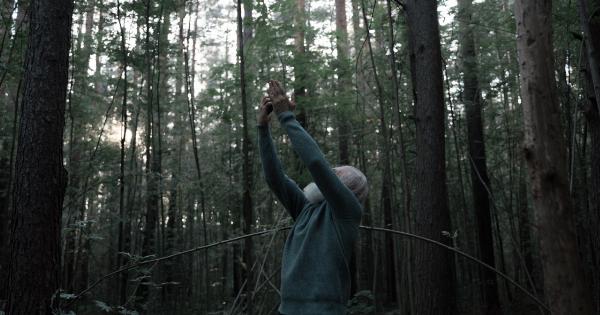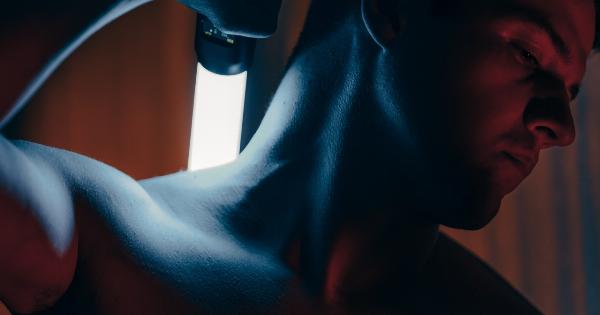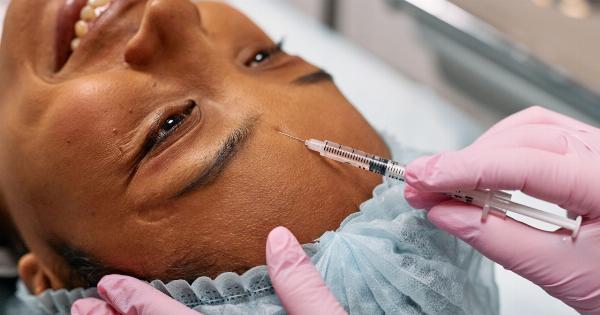Stroke is a leading cause of disability worldwide, often leaving survivors with impaired movement abilities that severely impact their quality of life.
However, a recent study has shown that Botox, a medication commonly used for cosmetic purposes, can help stroke patients regain movement abilities and improve their overall functionality.
The impact of stroke on movement abilities
Stroke occurs when the blood supply to the brain is interrupted, leading to damage in the affected area. This damage can result in a variety of physical and cognitive impairments, including difficulties with movement, speech, and coordination.
Many stroke survivors experience muscle stiffness, known as spasticity, which can significantly limit their ability to move and perform daily activities.
How Botox works
Botox, short for botulinum toxin, is a neurotoxic protein produced by the bacterium Clostridium botulinum. It works by blocking the release of acetylcholine, a neurotransmitter responsible for muscle contractions.
This blockade causes temporary paralysis of the injected muscles, resulting in decreased muscle tone and spasticity.
While Botox is widely known for its cosmetic use in reducing wrinkles and fine lines, its therapeutic applications have expanded in recent years.
Researchers have discovered its potential to benefit various medical conditions, including the management of spasticity in stroke patients.
Study design and results
A recent study published in the Journal of Neurology and Neurosurgery sought to investigate the effects of Botox on stroke patients with spasticity.
The researchers conducted a randomized, double-blind, placebo-controlled trial involving 100 participants.
Half of the participants received Botox injections in their affected muscles, while the other half received a placebo injection.
The researchers then assessed the participants’ movement abilities, muscle tone, and functional independence before the injections and at specified intervals afterward.
The results of the study were promising. The group receiving Botox injections showed a significant improvement in movement abilities compared to the placebo group.
This improvement was observed in both fine motor skills, such as hand dexterity, and gross motor skills, such as walking and balance.
In addition, the participants who received Botox experienced a decrease in muscle stiffness and spasticity, allowing them to move more freely.
This reduction in muscle tone also contributed to an improvement in the participants’ functional independence, enabling them to perform daily tasks with greater ease.
The mechanism of action
The mechanism by which Botox improves movement abilities in stroke patients is not fully understood. However, it is believed that the reduction in muscle tone and spasticity plays a significant role.
By blocking the release of acetylcholine, Botox relaxes the injected muscles, allowing for smoother and more coordinated movements.
Furthermore, Botox injections may also induce changes in the central nervous system, specifically in the areas of the brain affected by the stroke.
This modulation of neural activity could potentially promote neuroplasticity, the brain’s ability to reorganize itself and form new connections, leading to further improvements in movement abilities.
Considerations and potential side effects
While Botox has shown promising results in helping stroke patients regain movement abilities, there are certain considerations and potential side effects to be aware of. First, Botox injections are not a one-time solution.
The effects are temporary, usually lasting for a few months. Continued treatment and regular injections may be necessary to maintain the benefits.
Additionally, Botox injections carry a risk of side effects, although they are generally well-tolerated. Common side effects include temporary muscle weakness, pain or bruising at the injection site, and flu-like symptoms.
Rarely, more severe complications such as difficulty swallowing or breathing can occur, although these are extremely rare when administered by qualified healthcare professionals.
It is crucial for stroke patients considering Botox treatment to consult with their healthcare provider. They will carefully assess the potential benefits and risks based on the individual’s specific condition and medical history.
The future of Botox in stroke rehabilitation
The findings of this study highlight the potential of Botox as a therapeutic tool in stroke rehabilitation.
By helping stroke patients regain movement abilities and reduce muscle stiffness, Botox can significantly enhance their overall functionality and quality of life.
Further research is needed to explore optimal dosing, injection techniques, and long-term effects of Botox in stroke patients.
Additionally, studies investigating its potential benefits for other neurological conditions, such as multiple sclerosis and cerebral palsy, could further expand its therapeutic applications.
In conclusion
Stroke is a debilitating condition that often leaves individuals with limited movement abilities. However, the recent study discussed in this article highlights the potential of Botox as a beneficial treatment for stroke patients with spasticity.
Through its ability to reduce muscle tone and spasticity, Botox can help individuals regain movement abilities and improve their overall functionality.
While further research is necessary, the results indicate that Botox could play a significant role in stroke rehabilitation.
By working closely with healthcare professionals, stroke survivors can explore the potential benefits of this treatment and make informed decisions about their rehabilitation journey.




























